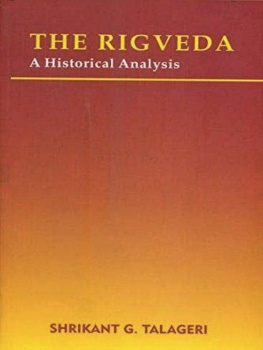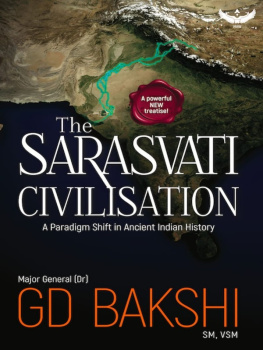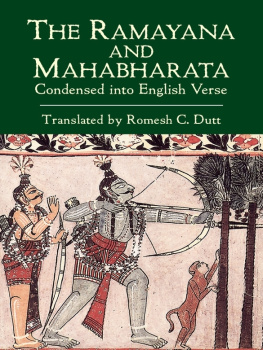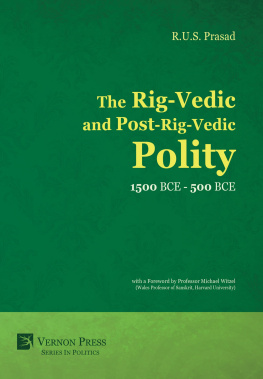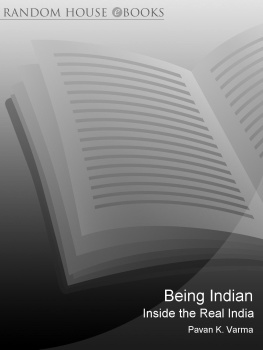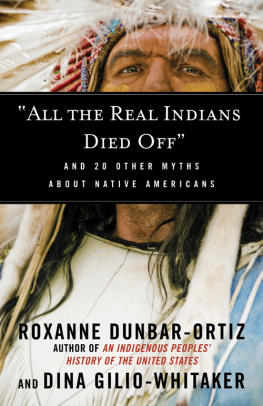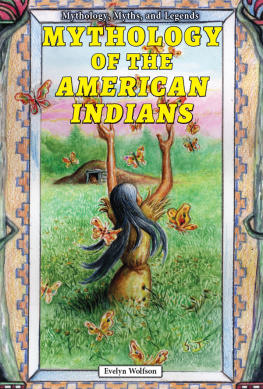Old No. 38, New No. 6
McNichols Road, Chetpet
Chennai - 600 031
First Published by Notion Press 2021
Copyright Sai Papineni 2021
All Rights Reserved.
eISBN 978-1-63669-663-8
This book has been published with all efforts taken to make the material error-free after the consent of the author. However, the author and the publisher do not assume and hereby disclaim any liability to any party for any loss, damage, or disruption caused by errors or omissions, whether such errors or omissions result from negligence, accident, or any other cause.
While every effort has been made to avoid any mistake or omission, this publication is being sold on the condition and understanding that neither the author nor the publishers or printers would be liable in any manner to any person by reason of any mistake or omission in this publication or for any action taken or omitted to be taken or advice rendered or accepted on the basis of this work. For any defect in printing or binding the publishers will be liable only to replace the defective copy by another copy of this work then available.
Cover Image
Gray Brown Steatite Seal from Mohenjo Daro - DK 7734.
Copyright J M Kenoyer/Harappa.com, Courtesy: Dept. of Archaeology and Museums, Govt. of Pakistan.
To my friend
Danji
who likes to argue always
CONTENTS
An illustration of the method - Examining the clues preserved in archaeological, literary and other sources to arrive at the name of Mohenjo Daro when it was still a living city.
The Ancient Indian Historical Tradition - An evaluation of the views of colonial historians on Indias antiquity and the adequacy of traditional literature in explaining historical timelines.
The date of Mahabharata War - Redrawing the chronology of Puranic events with the Mahabharata as a time marker.
Puranic King-Lists - Reconciling the Puranic Yugas with the Harappan cultural phases.
The Geography of Puranas - Locating the Puranic homeland in Pre-Harappan context.
Emergence of the Aryan notion - An examination of the early river valley cultures and the convergence of Neolithic subsistence systems.
The Three Lkas - The idea of multiple ethnicities in Pre-Harappan archaeological cultures.
Devas and Asuras - Identity of the constituent cultures in the Early Harappan Age.
The Flood Legend - Positioning the West Asian flood legends in the Harappan context.
Aikvku line of kings - Evaluating the legends of the royal lineages in the Early Harappan archaeological contexts.
Dvsura conflict - Integration of cultures of the Early Harappan age and the emergence of the Mature Harappan age.
The Mature Harappan - Relating the Puranic legends of Trtyuga to the most advanced proto-historic civilization of the region.
Geography of Ramayana - Locating the core episodes of the epic in the Mature Harappan archaeological context.
Aryan Invasion Theory - Evaluation of various hypotheses on Indo-Aryan migrations in the light of recent developments.
The Epic War - The Late Harappan Age as the cultural context of the Mahabharata.
The Aryan and the Dravidian - Finding the linguistic and ethnic antecedents of the early historical peoples in the Harappan milieu.
ACKNOWLEDGEMENTS
A couple of months before the turn of the millennium, I had this providential meeting with an elderly scholar - an historian, linguist and Indologist of repute - at her modest home in Shaniwar Peth, Pune. It was a short meeting over a cup of tea and some delicious doodh pedas she served, the taste still lingers in my mouth even after twenty long years when I think of her. The germ of this book was firmly planted in my mind then. Till that moment I never thought that a middle-ground between the two opposing views on the chronology of Indian antiquity is possible. A significant portion of this book, especially related to the Indo-Mesopotamian relations is inspired by her works and a few portions are even reproduced as they are, but the inferences are entirely mine. I am grateful and obligated to acknowledge her memory - Dr. Malati Shendge.
Historians as a tribe are the most forthcoming among academics in sharing their theories and ideas with anyone who has an ear for them. You just need to ask them, over a meal or on a long distance telephone call, and they always oblige. I thank Prof. K Paddayya of the Deccan College, Prof. Ravi Korisettar of the Karnataka University, Dharwad, Prof. Kuldeep Bhan of the Maharaja Sayajirao University, Baroda, Prof. Sila Tripati of the National Institute of Oceanography, Goa. They are scholars who have helped me time and again with their knowledge and guidance. I must also acknowledge two young doctoral scholars who had spent a considerable amount of time to travel with me and guide me to some important archaeological sites which are not on the usual tourist maps. A decade has passed since then. They are Dr. Yogesh Mallinathpur, Assistant Curator, National Museum, New Delhi and Dr. Vrushab Mahesh, Assistant Professor, Sayajirao University, Baroda. Lastly and most importantly, I thank Prof. Dilip K. Chakrabarti of Cambridge for sharing his valuable insights about the urban life in ancient world and more specifically for pointing me to the work of F E Pargitar, without which this book wouldnt have come about.
For all my books and writings, help has always come from near home. Thanks are due to my cousins, Jayasri Nayani who helped me navigate the maze of Sanskrit letters and Shobha Ramana for editing the manuscript with an eye for the minutest of detail. I thank the Notion Press Team for providing the infrastructure for the design, presentation and distribution of the book.
Finally, I express my deep gratitude to the Indic Academy and its founder Mr. Harikiran Vadlamani who have come forward to publish and promote my work. I sincerely hope that the book is worthy of their patronage.
SAI PAPINENI
Bangalore
LIST OF TABLES
LIST OF IMAGES
Copyright J M Kenoyer/Harappa.com, Courtesy: Dept. of Archaeology and Museums, Govt. of Pakistan.
Dholavira - Virtual 3D Reconstruction. Wikimedia Commons, Courtesy: Gujarat Tourism Corporation, Govt. of Gujarat.
LIST OF MAPS
Introduction
THE TIME TROUBLE
The clash of chronologies, endemic and stubborn, is the feature of the proto-historical studies, especially of the subcontinents past. The reasons arent many.
In 1924, when John Marshall had reported the discovery of the two sites namely Harappa and Mohenjo Daro in the plains of the Indus belonging to a very remote antiquity, most Indologists wouldnt have realized its significance. Certainly, they couldnt have seen it as what we know of it today, as the worlds largest bronze-age civilization, widest in the area occupied and the different geographical terrains it straddled, and perhaps never as the most populous single urban conglomerate in its time. We cannot blame them, can we, for seeing it justly as a flash in the pan, an unexplained aberration to the well-established timelines of Indian antiquity, the timelines arrived at after painstaking research into linguistic and epigraphical sources and scholarship for over a century. But explaining they did and by doing so they had inadvertently planted the seeds of conflict. The trouble began.
The dates proposed by the traditionalists did not explain the early Indian civilization. The postulates and postures made based on magical and cosmological imagery had not stood the scrutiny of science. Further, the nomenclature given by the early Indologists to the historical processes and the linguistic populations had solidified into communal and parochial ideologies hampering objectivity in research. The prolonged attempts to decipher the Harappan script from the Sanskrit and Tamil perspectives have not yielded results.


